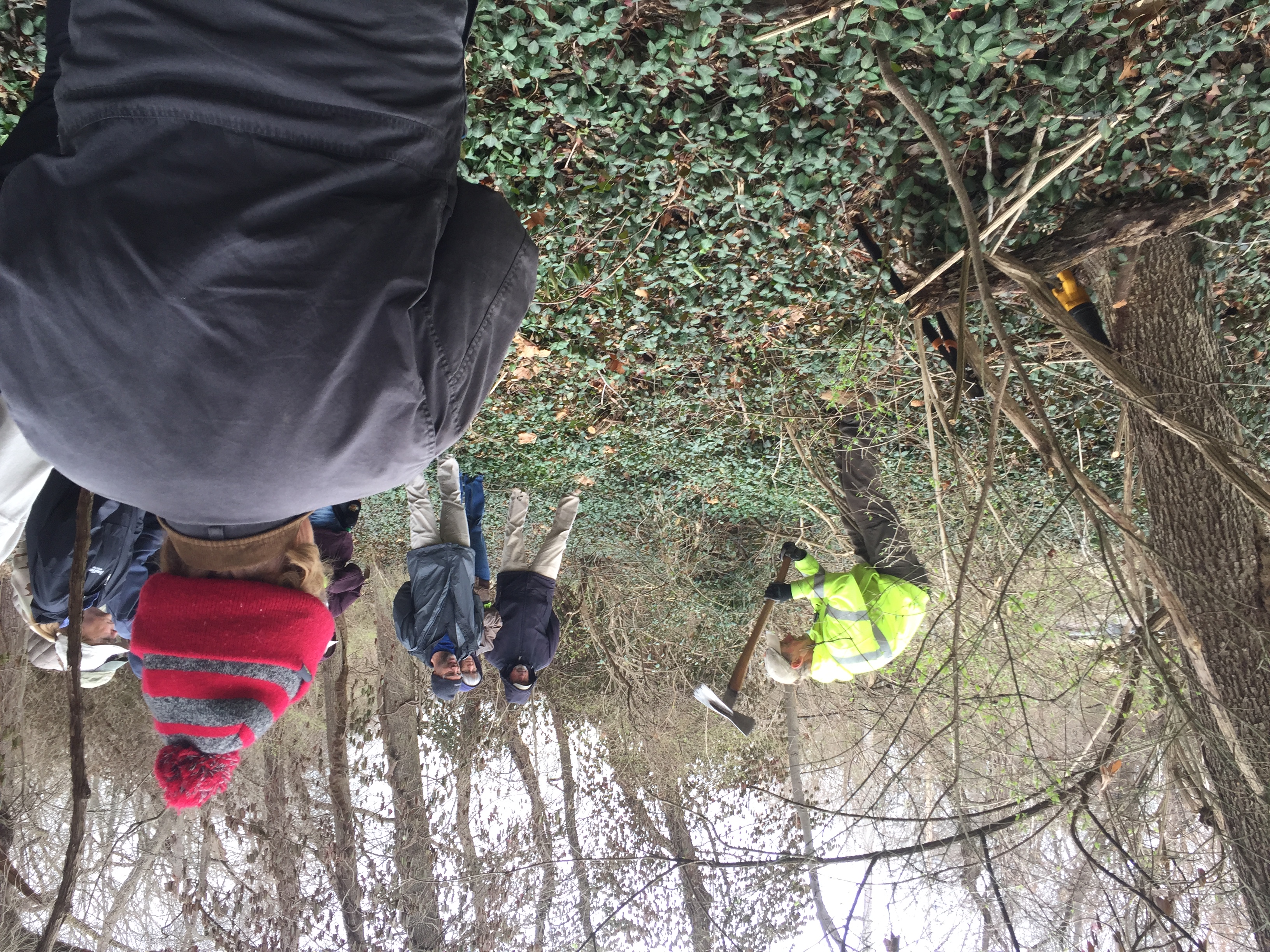If you are like us, you are spending MUCH more time at home. We hope you agree that this couldn't be a more excellent opportunity to spruce up your yard.
Bush honeysuckle, Lonicera maackii, is an especially aggressive invasive that successfully out-competes other plant species. Removing it and replacing it with natives supports wildlife, healthy streams, and more! Below are several removal strategies for your consideration.
Root Docking
Sharp tools. No stumps. No herbicides. No regrowth.
A key to a successful root docking experience is having the right tools. Recommended are a Pulaski Axe or Rogue Hoe, along with a Loppers or Reciprocating Saw. The root docking approach involves cutting the roots away from the root collar and removing the root collar, trunk and branches of the honeysuckle plant, while leaving the roots in place. Because re-sprouting typically occurs at the root collar, there is little danger of re-sprouting, and no chemicals are needed. Soil disturbance is minimal, and there are no stumps to trip over. View this Root Docking Primer video for more info. on this technique, and visit the Deer Creek Watershed Alliance website. Also, you are invited to join a newly formed Facebook group where you can share your root docking successes, as well as get your root docking questions answered.
Cut and Paint
This method involves cutting the honeysuckle plant at the base of the stem, then immediately applying an appropriate herbicide to the newly cut surface. Check out this brochure for more info.
Cut and Rub
An alternative to herbicide use is to cut the stem near the base, observe the plant weekly, and rub off any newly formed leaf buds repeatedly until the plant dies. You can also try the root docking method.
